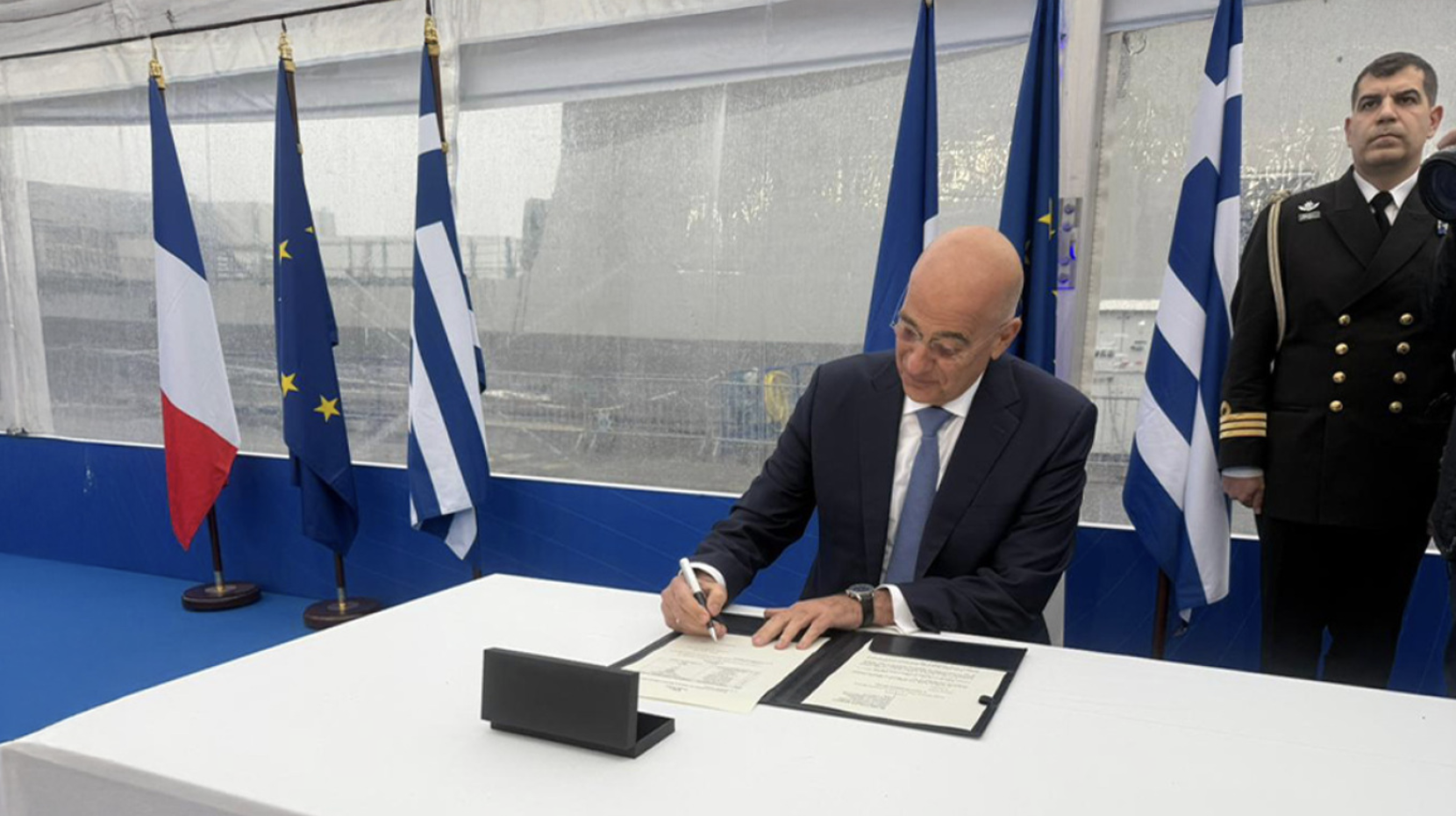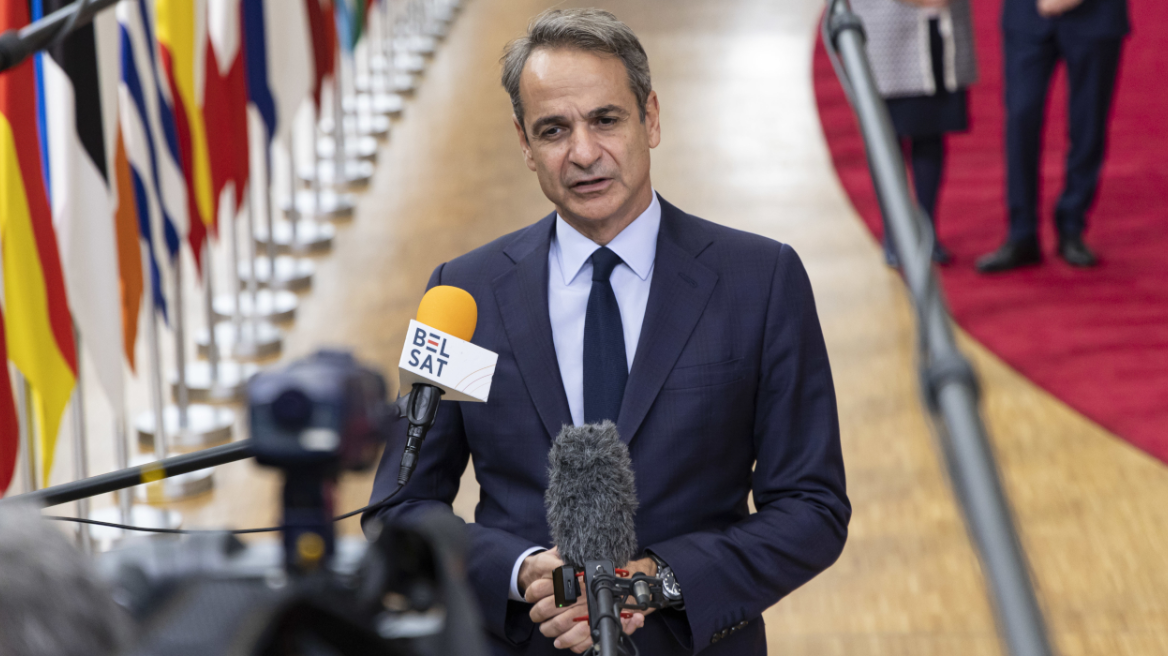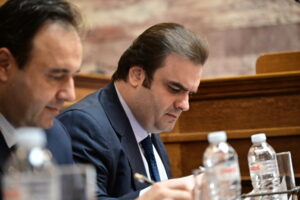Back in 2015, students in Maggie Samudio’s second-grade class at Cumberland Elementary School in West Lafayette, Ind., were contemplating an offbeat science question: If a firefly went to space, would it still be able to light up as it floated in zero gravity?
Ms. Samudio said she would ask a friend of hers, Steven Collicott, an aerospace professor at nearby Purdue University, for the answer.
“He teaches a class on zero gravity, and he would be the perfect person to answer the question,” Ms. Samudio recalled in an email.
A day later, Dr. Collicott replied, and Ms. Samudio was surprised by his answer: Instead of guessing, why not actually build the experiment and send it to space?
Blue Origin, the rocket company started by Jeffrey P. Bezos, chief executive of Amazon, was planning to offer the ability for schools to fly small experiments on its New Shepard suborbital spacecraft for as little as $8,000.
Israel, Greece & the Turkish Challenge: Acute testing lies ahead
The huge Russian warship “Vice Admiral Kulakov” moored in Piraeus (photos)
“That is a game changer,” said Erika Wagner, the payload sales director at Blue Origin. “Kids as young as elementary school are flying things to space”.
Dr. Collicott, who had sent several fluid flow experiments on New Shepard launches, pointed Ms. Samudio and her second-graders to Blue Origin.
“For the small payload 4 inches square by 8 inches tall, we’re able to fly that for half the cost of high school football uniforms,” Dr. Collicott said. “So really any school district now that affords football can afford spaceflight.”
Read more: NY Times
Ask me anything
Explore related questions





